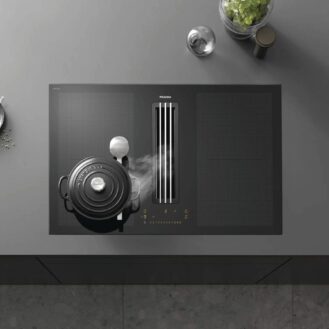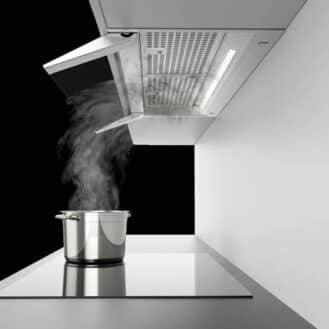
LG Side-By-Side Refrigerator-Freezer
The layout of shelving and drawers as well as the location of the freezer are all a part of the refrigerator configuration, and you’ll want to think about how this configuration could affect day-to-day operations. The depth and height of the door shelving can have an impact on the stability of products such as bottled drinks and cartons. Many refrigerators allow you to modify the shelving height to help cater to different user needs. If you are looking for a fridge-freezer, choose one with a freezer location that will suit you best.
A refrigerator with an internal freezer compartment could be a good choice if space is limited, but it may be exposed to temperature changes when the door is opened. This is because the freezer isn’t completely separate from the refrigerator. For fridge-freezers with a separate freezer compartment, here are the options to consider:
- A top freezer allows you to access the freezer while standing and is more energy efficient than a bottom freezer because it is further away from the compressor. According to the U.S. Department of Energy, top freezers use about 10 to 25 percent less energy than bottom freezers, which helps reduce your energy bill and carbon footprint.
- A bottom freezer tends to have a larger capacity than a top freezer and often comes with drawer compartments, making it easier to store and access multiple products.
- A side-by-side fridge freezer gives you easy access to both the refrigerator and the freezer but tends to be wider than regular upright models.










